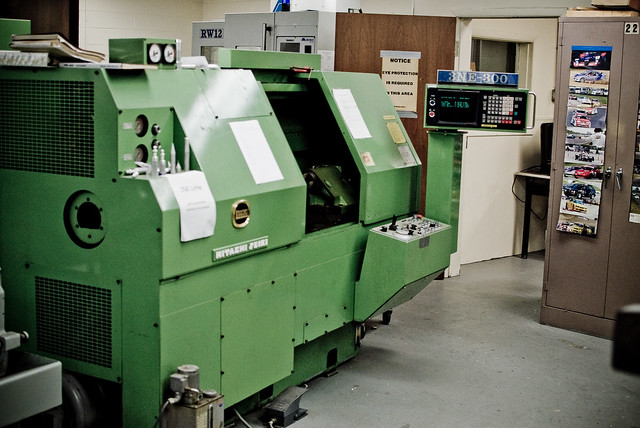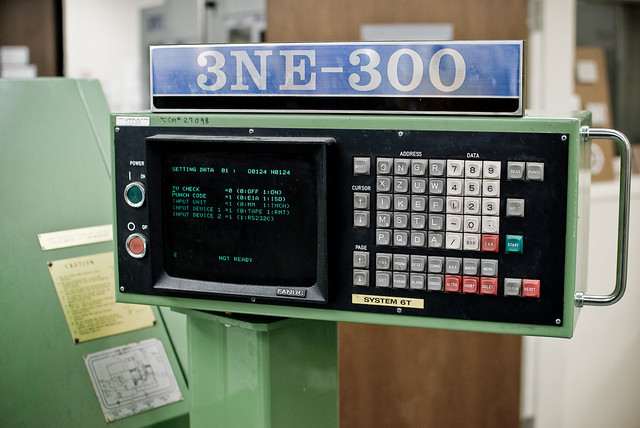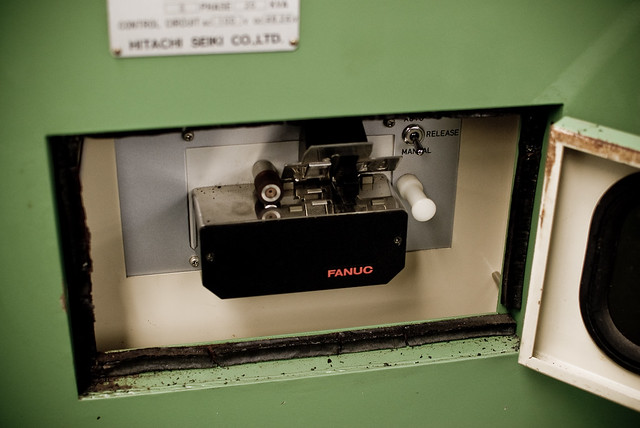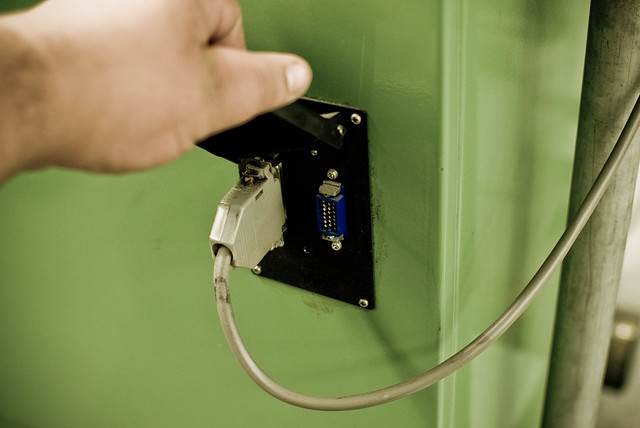
Didn't have a photo to go with this article, so here's a picture of a cat with an Arduino
The Other Benefits of Open-Source Hardware
Lots of people have been talking about (and questioning) the economic value of open-source
hardware. The most frequent question/criticism is that OSH facillitates the ripping off of the
original designer. That is, they publish their work openly and then someone else takes this work,
produces a product, and sells it. None of the money from this sale goes to the original designer.
In the case of less scrupulous manufacturers, no attribution is cited and all identifying marks
are removed from the product. Under these conditions, it would be rather difficult to take legal
recourse, particularly if said manufacturer is based somewhere overseas.
The argument itself is quite valid — the above scenario could happen, and I know for a fact that
it does happen. And there’s really not a damn thing you can do about it. It happens to people
whose work is protected by copyright too, if that makes you feel any better.
The problem I have with the argument above is that it’s only valid when the hardware is being
sold (or intended to be sold) commercially. This represents one way to make money from your
work, but it’s not the only way. The work itself has value too.
In her keynote address at the Open Hardware Summit, LadyAda pointed out that one of the
prime benefits of doing open hardware is that it makes you a better engineer. I’m inclined to
agree. From this standpoint, the OSH community is sort of a ‘peer-review’ journal with a very
low barrier to entry (can you put it on the internet?) and worldwide exposure (make something
cool and the blogs will pick it up). Within a week you’ll receive LOTS of peer review. Some will
be positive, much of it will be negative. Most of the negative stuff you can ignore (see rebuttal),
but a portion of the negative will be constructive, and that’s the part you should pay attention to.
This instant feedback is usually in the form of blog comments. When people really start looking
at what you’ve done and begin making changes, adding things, or using it in projects, that’s the
real peer review. It’s also the most rewarding part.
But how can this make you money, or at least help you in your professional life? The answer
is simple: it raises your profile, gets you props, and gives you cred. There are plenty of people
who bank on their own rep and get paid. That’s basically what you’re doing when you send out a
resume or CV — it’s all about what you’ve done and how you did it.
In the terms of this discussion, you get cred for three things: good design, great docs, and
actually completing the project. Good design and great documentation are fairly obvious. The
last one sounds ridiculous, but it’s not. I have no actual data to back this up, but I’m willing to bet
that the ratio of unfinished vs finished projects in the world at any moment is about 100:1, and
I’m probably being generous.
Lots of people have great ideas every day. Some people act on them. And then there are the
proud, rare few who actually finish what they’ve started. It’s not easy, particularly if you have
other things to do. Still, if you can take a project from conception through design to building and
testing, and then document the hell out of it and put it out into the wild in a finished and working
state, you get insane cred. And not just among the relatively few people who see it on a blog
and comment: “cool project!” (p.s. god bless those people).
Let’s say two engineers (A & B) want to apply to graduate school. The only project Engineer A
has on her CV is her senior project, which doesn’t work the way it should and is only minimally
documented (which pretty much describes every senior engineering project ever).
Engineer B is very similar to A — she has the same grades and a similar ‘almost working’ senior
project. But B also put together a neat little open-source hardware project on her own time, fully
tested, with complete documentation. It’s not as complex as her senior project, but it actually
works. She puts this on her CV, along with a link to the project. She also sends an email to the
department chair telling this person about her project, and mentioning that she might be thinking
about applying to grad school at his prestigious university.
If you were the department chair, who would you more like to admit into your program? The
person who is just like every other applicant, or the person who has shown the initiative and
ability to take a project from start to finish? I’m not dumb enough to make some guarantee that
doing OSH will get you into grad school, but it definitely can’t hurt you.
It’s very similar in the professional world. You have your resume and references just like
everybody else. The thing that will make you stand out is the self-motivated and fully realized
work you’ve done on the side by yourself. The demonstrated ability to document your projects
comes into play here too. Engineers hate documentation. HATE IT. Because it sucks. But
it’s a necessary evil — you can’t (or at least you shouldn’t) sell a product to a customer without
documentation. Engineers who can write docs are a valuable asset to any company — in fact,
they are critical, and always in short supply.
The open-source hardware community gives you the opportunity to “publish” your work and show off your skills,
be recognized for them, and eventually be rewarded for them. The reward may or may not be monetary,
but there’s plenty of good karma and experience to be had, and lots of cred.
End.
If you want to discuss this post, or tell me I’m wrong and call me names, you can do that here.






